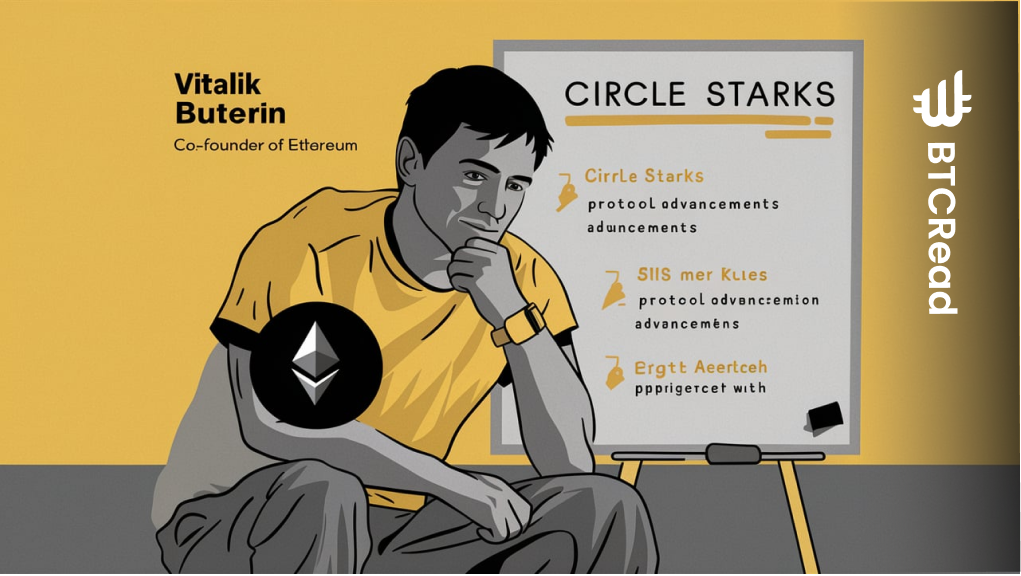Ethereum co-founder Vitalik Buterin recently published an article delving into the latest advancements in STARK protocol design, specifically highlighting the transition to utilizing smaller finite fields.
This strategic shift has notably enhanced the speed of verification, as exemplified by Starkware’s astounding achievement of validating 620,000 Poseidon2 hashes per second on an M3 laptop.
The article explains that earlier STARK implementations used 256-bit fields, which were compatible with elliptic curve-based signatures but resulted in inefficiency. To address this, STARKs have begun working with smaller fields such as Goldilocks (modulus 2^64 – 2^32 + 1) and Mersenne31 (2^31 – 1).
Vitalik Buterin highlights the successful transition to smaller fields, leading to significant performance improvements. The capacity to validate hundreds of thousands of hashes per second stands out, potentially resolving a key challenge in establishing an efficient ZK-EVM.
Technical details: Circle STARK and cryptographic security
The article explores the inner workings of these protocols on smaller scales while upholding cryptographic security. It introduces “Circle STARKs,” tailored to align with the highly efficient Mersenne31 field.
Buterin delves into the diverse dimensions of Circle STARKs. He highlights their distinct features, the problems they tackle, and their comparative analysis with other frameworks like Binius.
He elaborates on the complexities involved in implementing Circle STARKs. It includes adapting techniques such as quotienting and manipulation of vanishing polynomials to fit seamlessly into this innovative structure.
The conclusion of the article reflects on the current status of STARK optimization. Buterin proposes that through methods like Mersenne31, BabyBear, and binary-field approaches. The industry might be nearing the maximum efficiency for the foundational layer of STARKs.
He foresees upcoming advancements concentrating on streamlining higher-level functions, such as refining the arithmetization of cryptographic basics and enhancing the developer experience by improving VM arithmetization.
Nevertheless, this advancement stems from ongoing efforts to improve the scalability and efficacy of blockchain technologies. Systems like STARKs and other zero-knowledge proofs play a pivotal role in mitigating the scalability hurdles encountered by networks like Ethereum (ETH).
Related | Toyota explores blockchain solutions to enhance mobility security







